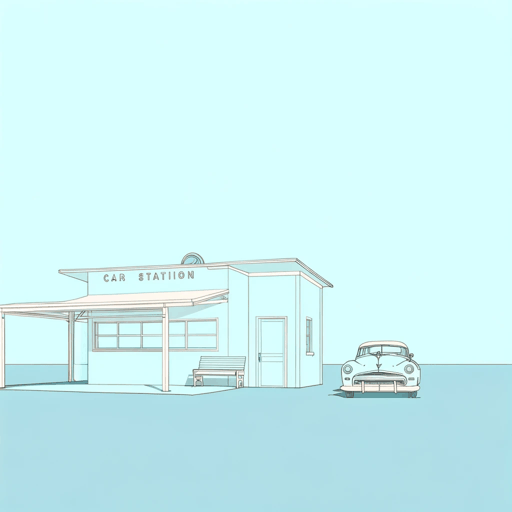24 pages • 48 minutes read
Greg HollingsheadThe Roaring Girl
Fiction | Short Story | Adult | Published in 1995A modern alternative to SparkNotes and CliffsNotes, SuperSummary offers high-quality Study Guides with detailed chapter summaries and analysis of major themes, characters, and more.
Important Quotes
“If the boy got too close his mother would grab him and give him a fierce, hug, the way she did when she was drinking. She wasn’t drinking. The boy had been avoiding his father for weeks. He wanted him, as a man, to solve the problem. He wanted him to do this before it became necessary to say what it was.”
(Page 51)
The first paragraph gives a sense of the boy’s relationship with his parents. He craves his mother’s affection, but she doesn’t freely give it. A “fierce hug” normally signals that the mother has been drinking, but since she hasn’t, this alerts the boy that something is wrong. As for his father, the boy craves distance not intimacy with him because he feels that this will give the father the space he needs to “solve the problem,” which the parents have not told the boy about yet. He wants his father to fulfill his expected fatherly role although he often doubts his ability to do so.
“She nodded. The boy’s father placed his palms on the table and raised his elbows, tipping the weight of his torso forward onto his palms. He pushed, and his body rose. His chair scraped back. The boy watched with care as his father came towards him. When the man lifted his arm the boy turned his attention solely to the huge hand, eclipsing the light. It came down slowly, and then it was pressing the boy’s shoulder. The father turned the boy the way he would turn a spigot, and they walked together into the TV room.”
(Pages 51-52)
The boy renders his world in meticulous detail, showing how he carefully observes everything. This is seen from the opening of the story with the detailed description of the father standing up, rendered as if time slows down to show the motion as a series of separate, powerful movements. When the boy is finally pulled into this description, the narrator uses the mechanical metaphor of a spigot, suggesting that the relationship between the boy and father, although they love each other, is not a physically affectionate one.

